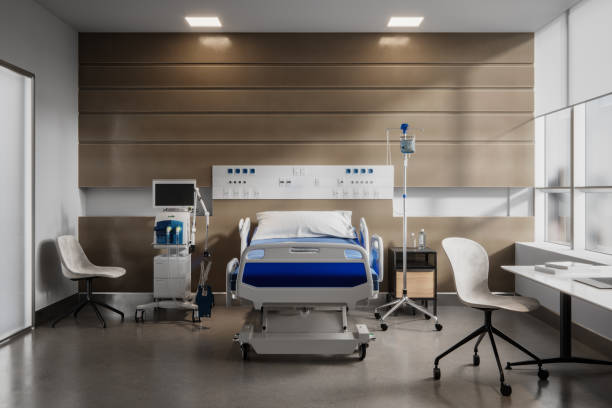Creating a Mini ICU setup at home can be a complex task that requires careful planning and consideration. While it may be possible to set up certain medical equipment at home, it is essential to consult with healthcare professionals and seek their guidance to ensure the safety and effectiveness of such a setup. Here are some general considerations to keep in mind:
- Consult with Healthcare Professionals: Start by discussing your intention to set up a Mini ICU at home with your healthcare provider. They can provide valuable insights and guidance based on your specific medical needs and conditions. They may also refer you to specialists or home healthcare providers who can assist with the setup.
- Assess Medical Needs: Understand the specific medical requirements that need to be addressed in the home ICU setup. This can include monitoring vital signs, administering medications, providing respiratory support, or managing other specific conditions. The required equipment will vary depending on these needs.
- Equipment Selection: Work with healthcare professionals to determine the necessary medical equipment for your home ICU setup. This may include items such as a hospital bed, vital sign monitors (blood pressure monitor, pulse oximeter, etc.), oxygen concentrator, nebulizer, ventilator (if required), suction machine, and any specific equipment related to your condition.
- Safety Considerations: Safety is of utmost importance when setting up a home ICU. Ensure that all equipment meets safety standards and is properly installed and maintained. It may be necessary to make modifications to your home, such as electrical wiring, to accommodate the medical equipment. Follow all recommended guidelines and instructions provided by healthcare professionals and equipment manufacturers.
- Training and Support: Proper training and education on the use of medical equipment are crucial. Make sure you and any caregivers or family members involved in the care are adequately trained by healthcare professionals on how to operate the equipment, manage emergencies, and provide care in a safe manner. Additionally, establish regular communication channels with healthcare providers for ongoing support, monitoring, and troubleshooting.
- Regulatory Compliance: Understand and comply with any legal and regulatory requirements for setting up a home ICU. This may involve obtaining necessary permits, licenses, or certifications, depending on your location.
- Ongoing Monitoring and Follow-up: Regularly monitor the patient’s condition and consult with healthcare professionals to ensure that the home ICU setup is meeting their needs effectively. Schedule periodic follow-up appointments to assess progress, make any necessary adjustments, and address any concerns.
It is important to note that setting up a Mini ICU at home does not replace the need for professional medical care. Home-based care should always be done in coordination with healthcare professionals who can provide appropriate guidance and oversight. The feasibility and safety of a home ICU setup will depend on individual circumstances, medical requirements, and the availability of resources and support.











